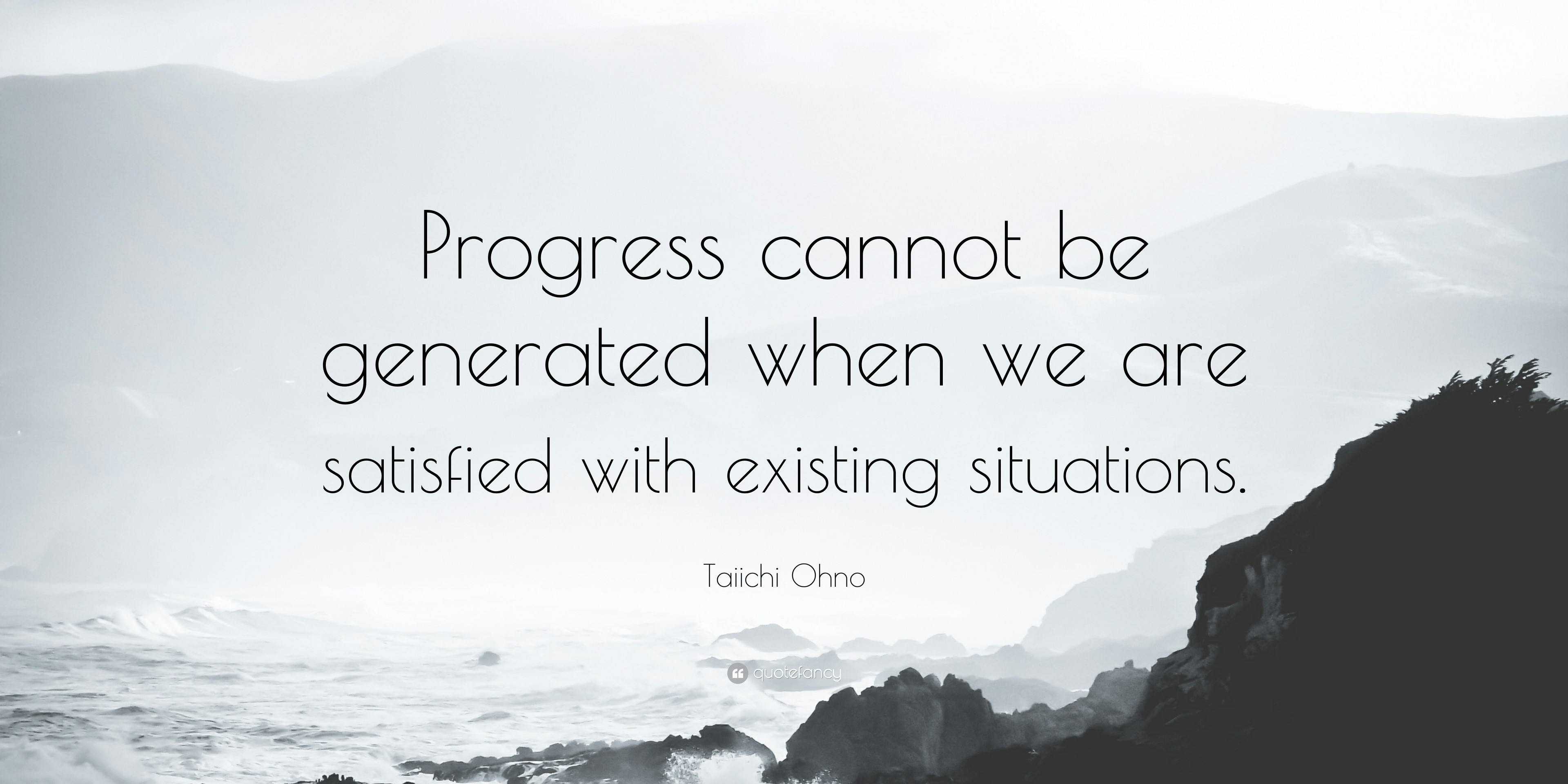Lean maintenance is a strategy that aims to reduce waste and inefficiency in the management of operating fixed assets. Lean maintenance management is needed to get maintenance jobs done efficiently and more effectively.
According to JAVIER GIRÓN BLANCO and TORSTEN DEDERICHS, who wrote the book:
Lean Maintenance: A Practical, Step-By-Step Guide for Increasing Efficiency:
"The time it takes to get maintenance jobs done is wasted, maintenance tasks are not coordinated, maintenance job durations are overestimated, and existing job plans are ‘inflated’ to cover up the inefficiency. In addition, an ever-growing maintenance backlog makes people believe they need more resources, while inefficient processes use up those scarce resources. To top it off, maintenance seems to be a ‘black box’. Although some key performance indicators (KPIs) exist, they typically only track the maintenance budget, and there is no systematic way to track the efficiency and effectiveness of the maintenance process. Maintenance tends to be an area that is forgotten about when it comes to efficiency within industrial companies, as many of the improvements are carried out within the (literally) productive areas of the factories. When companies set out to improve maintenance, they typically do this through budget cuts. If the budget for maintenance is reduced significantly, this can reduce the reliability of the assets."
It was the wise Peter F. Drucker who once said, "Efficiency is doing things right; effectiveness is doing the right things." In the world of maintenance management, these words ring truer than ever, especially with lean maintenance management practices gaining momentum. As a maintenance enthusiast myself, I am passionate about exploring the ins and outs of this approach and sharing those insights with you, dear reader. So, let's get straight to it, shall we?
Initially thought of in the realm of manufacturing, the lean management philosophy has transcended its original borders, proving its worth across various industries. At its core, lean maintenance management reduces waste and inefficiencies while striving for continuous improvement. In this ever-evolving and competitive world, who wouldn't want that for their business?
Did you know that the term 'lean production' was coined by John Krafcik, a researcher at MIT, in the late 1980s, when he observed the differences between traditional manufacturing processes and Toyota's approach? Little did he know how much of an impact his findings would have on industries around the world!
To delve deeper into the magical world of lean maintenance management, we need to familiarize ourselves with some key principles:
1) Identify value in all processes - In the maintenance space, this refers to recognizing the importance of reliable equipment, reduced downtime, and a safer working environment, just to name a few.
2) Root out waste - Be it materials, time, or energy, waste is hiding everywhere, waiting for you to spot and eliminate it.
3) Establish a steady work-flow - Establishing a consistent process leads to increased efficiency and reduced downtime, which is precisely what we're aiming for.
4) Focus on quality - The age-old adage 'prevention is better than cure' is applicable here. By emphasizing quality, we can successfully avoid costly breakdowns and other pitfalls.
5) Improve continuously - Forever pursue perfection by constantly analyzing, tweaking, and refining your maintenance processes.
It's incredible how much the implementation of lean principles can change the game for maintenance management. I remember a time when we faced significant downtime and lost revenue due to unplanned equipment failure in my previous company. Begrudgingly, we adopted lean maintenance management practices, and soon enough, the results were apparent. It was like witnessing a caterpillar metamorphose into a beautiful butterfly, and I couldn't have been prouder.
Incorporating technology can be a game-changer when adopting a lean maintenance management approach. One powerful tool you could consider is a Computerized Maintenance Management System like ANEO Zero CMMS. This nifty software can streamline your work order processes, enhance communication, and provide insightful data for further improvement.
And there you have it, folks. A quick introduction to the fascinating world of lean maintenance management. I could go on and on, but I'll leave you with this powerful quote from Taichi Ohno, the architect of the Toyota Production System:
“Progress cannot be generated when we are satisfied with existing situations.”
Reflect and start your lean journey towards more efficient maintenance management today!


